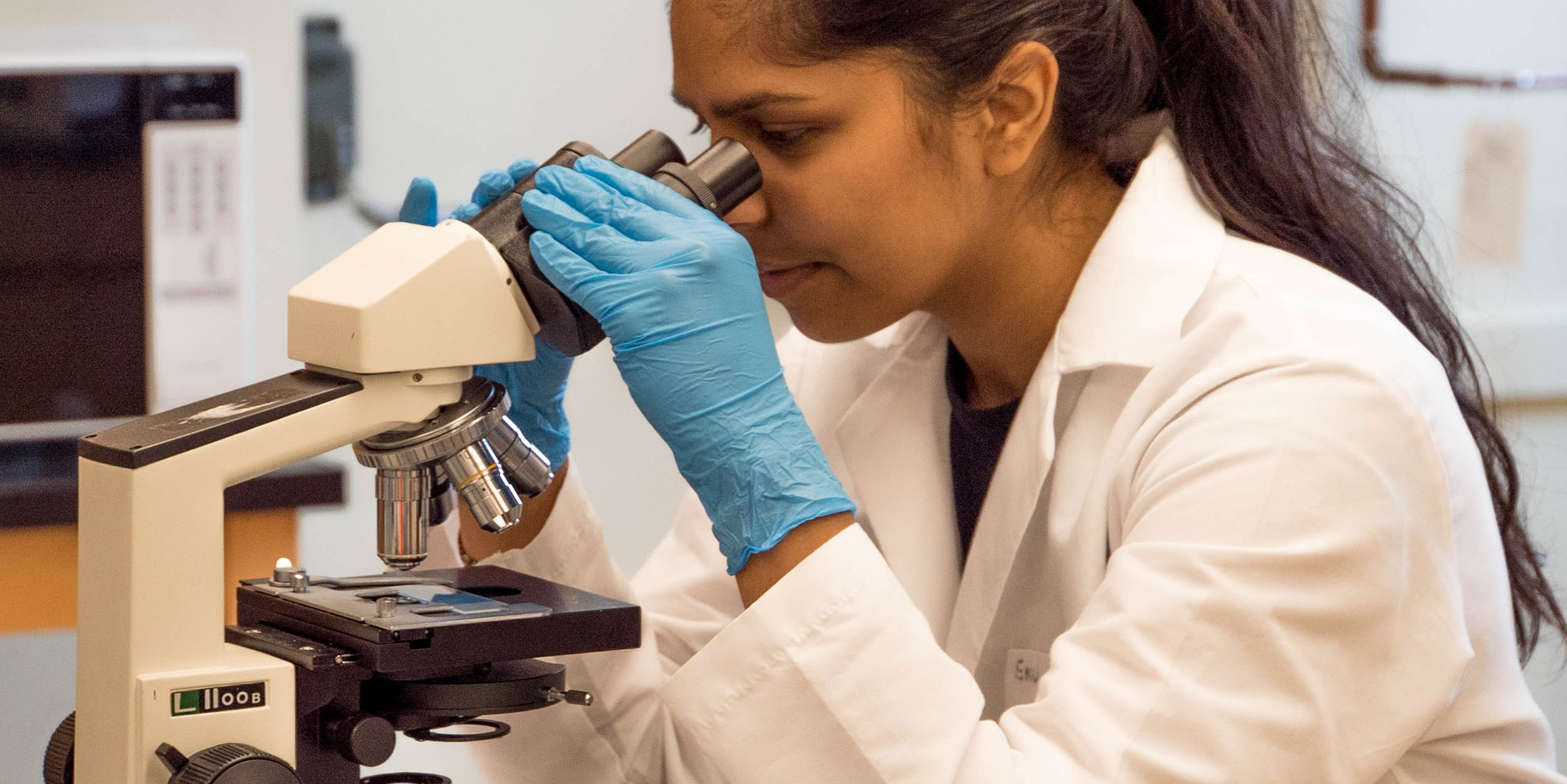Originally published 30 December 1996
There is only one question, says the poet Mary Oliver: “How to love this world.”
I thought of that the other day while I was scanning the journal Science, the weekly journal of the American Association for the Advancement of Science. It is this country’s premier multidisciplinary journal for bringing cutting-edge research to a broad scientific audience.
Many articles are beyond my comprehension; for example, “Molecular Chaperone Machines: Chaperone Activities of the Cyclophilin Cyp-40 and the Steroid Aporeceptor-Associated Protein p23.”
Nevertheless, I can get a general idea of what’s going on across the scientific disciplines, and commentaries in the journal translate some of the more interesting articles into ordinary English.
As I was reading, I asked myself: Does this scientific information help me love the world?
In her poetry, Oliver brilliantly evokes the sensate stimuli of love: the “lapped light” of pond lilies in the black pond, the goldfinch hatchlings “in the swaying branches, in the silver baskets,” the dead snake in the road “as cool and gleaming as a braided whip.”
Who can walk in the world that Oliver describes and not be blown over by love, made stammering and speechless?
And here I am wading through articles with titles like “Survival of Cholinergic Forebrain Neurons in Developing p75NGFR-Deficient Mice.” What is here, among this technical language, to pluck the heartstrings?
I’ll tell you.
Here is an article about a screening of more than a million zebrafish embryos for developmental defects by two teams of scientists at the Max Planck Institute of Developmental Biology in Germany and Boston’s Massachusetts General Hospital. This is the first time that such a comprehensive study has been done for a vertebrate species.
Embryogenesis, the transformation of a single fertilized egg into a fully developed zebrafish — or fruit fly, or human being — is one of the most profound mysteries confronting the human mind. By isolating the damaged genes that caused the zebrafish mutations, the researchers hope eventually to reconstruct the hugely complex pathways of gene transcription and protein action that guide embryogenesis.
Here too is an article about neuroscientists at Washington University in St. Louis who used positron emission tomography (PET scans) to obtain images of brain activity as human subjects learned to trace a maze with a pen.
As the subjects proceeded in their task by trial and error, learning to solve a problem, drawing upon different strategies and skills, the researchers watched in real time, on the screen of a computer, as activity flickered in different parts of the brain. Here are images of the music of thought — adagios, allegros, and crescendos of dancing color — as the mind goes about its business of making sense of the world.
Here are a series of articles on recent progress in understanding the cell cycle. At every moment of our lives, the trillions of cells in our bodies are spinning out copies of themselves. This requires an astonishingly accurate replication of chromosomes, chemical synthesis, timing.
Our bodies are like wheat fields of molecules blown through by a never-ceasing wind called life. We are oblivious to the constant and remarkable miracles of cellular replication that maintain our physical integrity. Molecular biologists are teasing out the chemistry that makes it possible.
Here is an article on nitrogen that has entered the environment through the use of agricultural chemicals and the burning of fossil fuels. It used to be thought that this excess nitrogen would encourage the growth of plants that sop up carbon dioxide from the atmosphere, thereby slowing the buildup of this greenhouse gas and postponing global warming — a good thing.
But now a study by ecologists at the University of Toronto and the University of Minnesota shows that while in the short term nitrogen does spur growth, in the long term it leads to a replacement of native plants by fast-growing, invasive species that are inefficient at fixing carbon in soils, thereby contributing to global warming.
We discover what a finely tuned engine is the ecosystem of the Earth, through which we clumsily walk at our peril.
All of this is just a fraction of the knowledge to be gleaned from a single issue of one scientific journal. What we glimpse in these reports is the invisible machinery of the word, the vast magic of life, the green fuse that burns in every living thing — igniting, creating, animating.
We glimpse what the poet Mary Oliver calls “the light at the center of every cell,” and again, “the white fire of a great mystery.”
Yes, there is only one question: How to love this world? That’s why I read poets. That’s also why I read science. When it’s over, I want to say with Oliver:
all my life I was a bride married to amazement. I was the bridegroom, taking the world into my arms.



